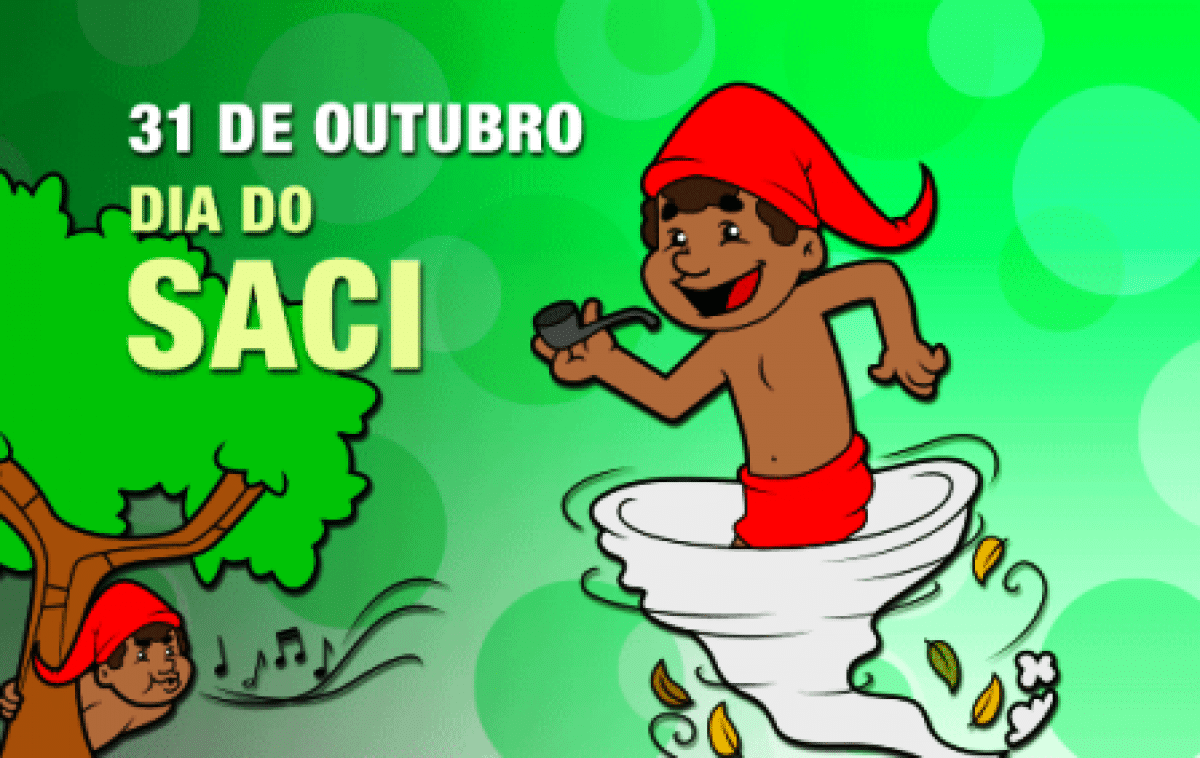
The tradition of Halloween, which is celebrated on the night of October 31, is deeply rooted in certain Anglo-Saxon countries such as United States, Ireland, United Kingdom o Canada. But the truth is that today this terrifying night is celebrated in almost everyone, also in Brazil, where it is known as Halloween (O Day of Bruxas).
As has happened in so many other countries with a Catholic tradition, this imported festival has gradually replaced the classic celebrations of the All Souls Day November 1. Brazil has not been an exception. In his case, there have been two fundamental elements that have led to the expansion of the "Brazilian Halloween" in the last two decades: on the one hand, the dissemination of this festival by language schools in different parts of the country; and on the other, the festive and joyful spirit of Brazilians, always ready to go out to dance and have a good time whatever the reason.
Origin of the Halloween party
Before going on to explain the peculiarities of Halloween or Halloween in the style of Brazil, it is worth remembering what the origin of this party and what has been its evolution to this day.
You have to go back more than two thousand years in time. The celtic peoples who inhabited the European continent used to celebrate a festival called Halloween, a kind of tribute to the god of the dead. It is believed that this pagan festival lasted for several days (always around October 31), always after the harvest was finished.
According to historians, the spread of Christianity erased the traces of Samhain in the old continent, although the tradition survived in certain less Romanized areas such as the British Isles. In an attempt to adapt these celebrations to the Christian calendar, the Church chose in the XNUMXth century to change the date of celebration of the Hallowmas. Thus, this celebration went from being celebrated on May 13 to November 1, being overlapped with Samhain.
The term Halloween comes from the ancient Germanic languages. It is a combination of the words "saint" and "eve".
Its best known symbol is the pumpkin, which is emptied and decorated to light a candle inside. According to tradition, this light is used to light the way of the dead. This grew out of the old Irish legend of Jack O'Lantern, a man whose soul was accepted neither in heaven nor in hell after his death. Thus, the night of Samhain appeared wandering aimlessly with a candle in his hand.

How is Witches' Day celebrated in Brazil?
Because the cultural influence of film and televisionHalloween has colonized a large part of the planet outside the Anglo-Saxon sphere. There are many children from different parts of the world who that night dress up and go from door to door shouting "Trick or Treating" (trick or treat in English) collecting sweets and candies.
This custom of children walking around the neighborhood is not very common in Brazil, where Halloween is lived more like a day of theme parties for adults and children.
The main theme of these parties are terror and the supernatural world. People dress up as witches, skeletons, vampires or zombies. Special emphasis is placed on makeup, sometimes excessive. The intention is to get the scariest look possible.
Black, orange and purple colors play an important role in the decoration of the Halloween festivities. Of course, the symbols alluding to the celebration well known to all should not be missing: the famous pumpkins on which evil faces are drawn, witches, bats, spider webs, ghosts, skulls, black cats ...
Saci's Day, the Brazilian Halloween
In many countries the unstoppable expansion of Halloween has posed a threat to the old ways. In Brazil, a country with a long Catholic tradition, there are many who, seeing this with not very good eyes, decided to "fight back."

Dia do Saci, the alternative to celebrating Halloween in Brazil
Thus, in 2003, Federal Law Project No. 2.762 was approved, which instituted the commemoration of the Saci Day October 31st. The idea was to somehow counteract the success of Halloween by using an emblematic figure from Brazilian folklore: bag
According to legend, Saci-perere He is a very clever black boy who is always wearing a red cap. His main physical characteristic is that he is missing a leg, a defect that does not prevent him from performing all kinds of jokes and mischief.
As an alternative to Halloween and Halloween, Brazilian institutions promote all kinds of activities related to this popular figure. Despite this, there are still few Brazilians who celebrate Saci Day.